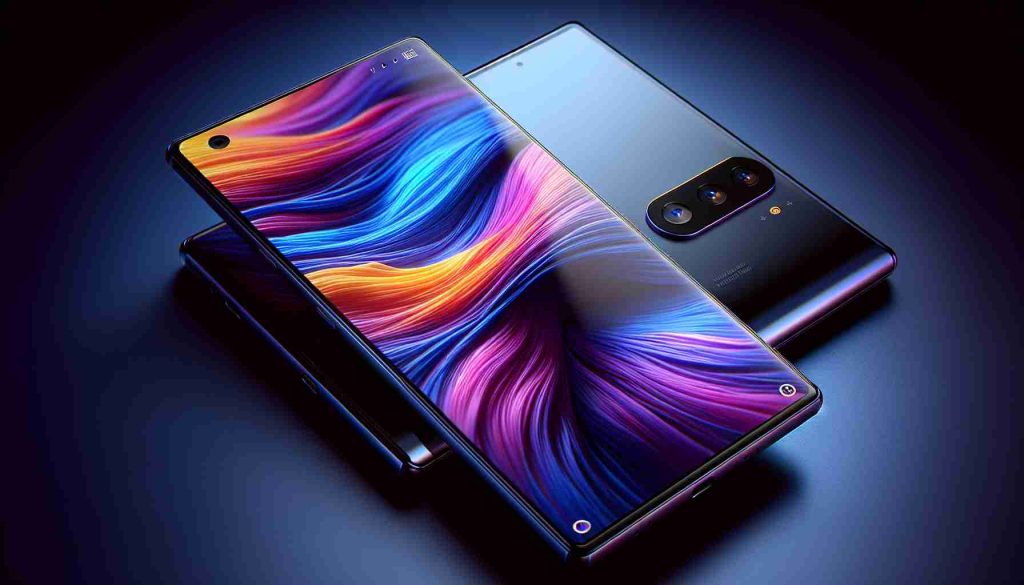As technology advances and new innovations emerge, smartphones are constantly evolving. To stay ahead in the game, companies like Xiaomi are now shifting their focus towards supporting newer devices, resulting in older models being left behind.
Recently, Xiaomi announced the discontinuation of software support for several of its smartphones due to “moral obsolescence.” This decision impacts a total of 11 devices across the Xiaomi, Redmi, and POCO brands. Once a device is marked as End of Life (EOL), it means that official software updates, including security patches, will no longer be provided.
Among the affected models are popular smartphones such as the Xiaomi Mi 10 series, Redmi Note series, and POCO M3 Pro 5G. This move highlights the importance of ongoing software support to ensure the security and performance of your device in the long run.
For users still holding on to these outdated models, it’s crucial to be aware of the potential risks of using a device without the latest security updates. While it may be time to part ways with your current smartphone, investing in a newer model with ongoing software support will help future-proof your device and keep it secure against emerging threats.
To check if your Xiaomi device is affected by the recent EOL update, you can visit the brand’s official website for a complete list of unsupported devices. Remember, staying informed and proactive about software support is key to maximizing the lifespan of your smartphone in today’s fast-paced tech environment.
In the fast-paced world of technology, ensuring long-term software support for your smartphone is crucial to its continued functionality and security.
One important question that arises is: What factors contribute to companies deciding to discontinue software support for certain devices? Companies may cite reasons such as hardware limitations, the costs associated with maintaining older devices, or prioritizing resources for newer product lines. Understanding these factors can help users make informed decisions when choosing a smartphone for long-term use.
Key challenge: One key challenge associated with future-proofing your smartphone is the rapid pace of technological advancements. As new software features and security updates are released, older devices may struggle to keep up, leading to potential vulnerabilities and performance issues.
Advantages of investing in a smartphone with long-term software support:
– Security: Regular software updates provide patches for known vulnerabilities, helping to protect your personal data and sensitive information.
– Performance: Up-to-date software ensures that your device runs smoothly and efficiently, optimizing your user experience.
– Extended Lifespan: Devices with ongoing software support tend to have a longer usable lifespan, reducing the need for frequent upgrades.
Disadvantages:
– Cost: Newer devices with long-term software support often come with a higher price tag compared to older models that may be discontinued sooner.
– Compatibility: Some older apps or features may not be fully supported on newer software versions, potentially limiting the functionality of your device over time.
As users seek to future-proof their smartphones, it’s essential to consider the trade-offs between the advantages and disadvantages of investing in devices with long-term software support.
Learn more about how smartphone manufacturers approach software support and the importance of staying informed about your device’s lifecycle.
























